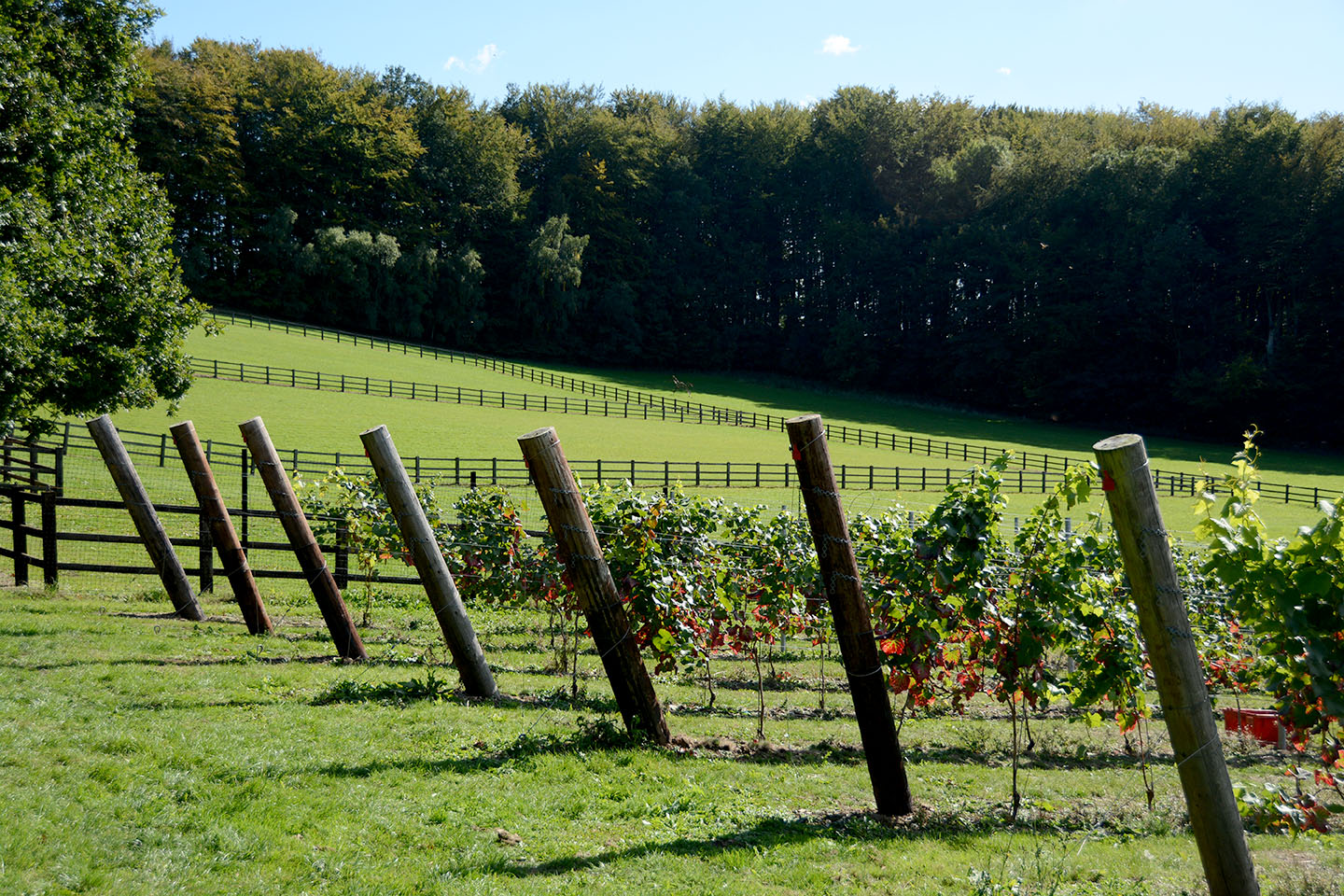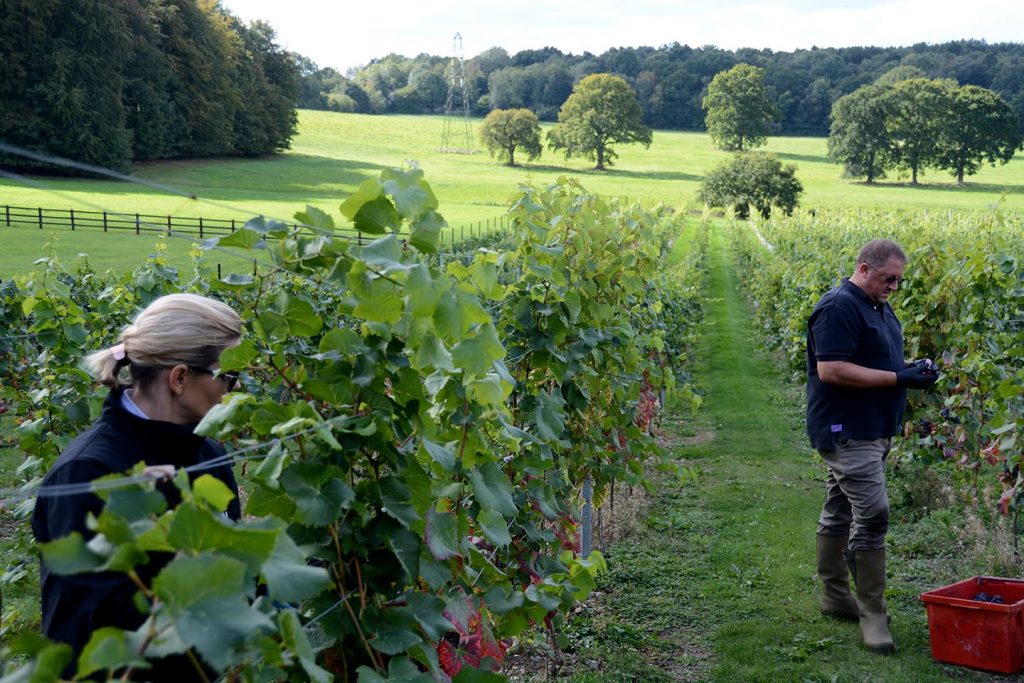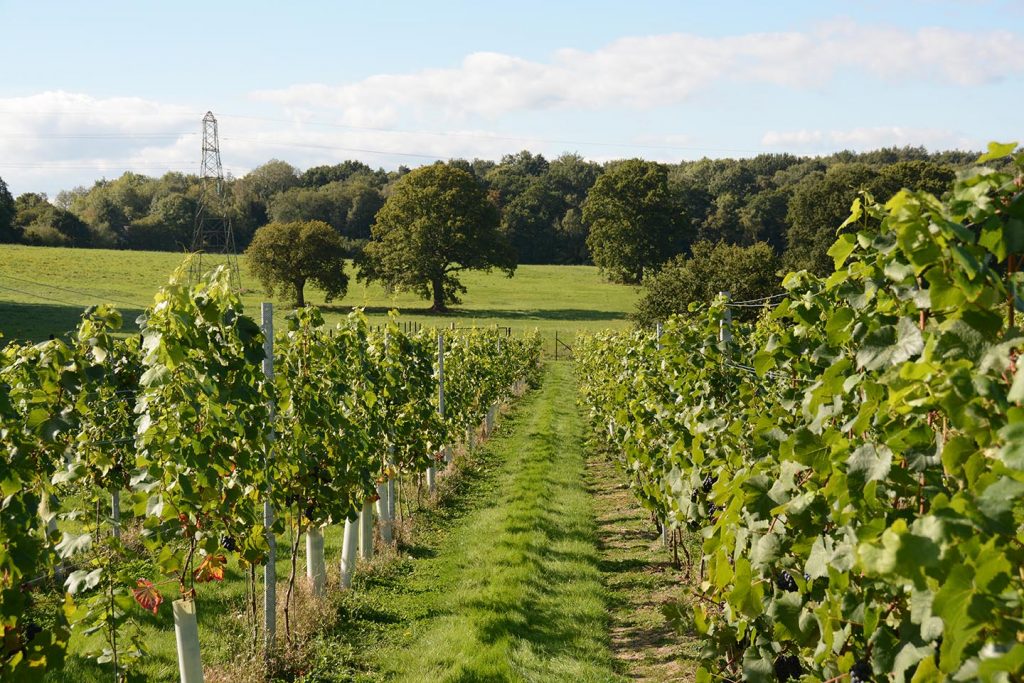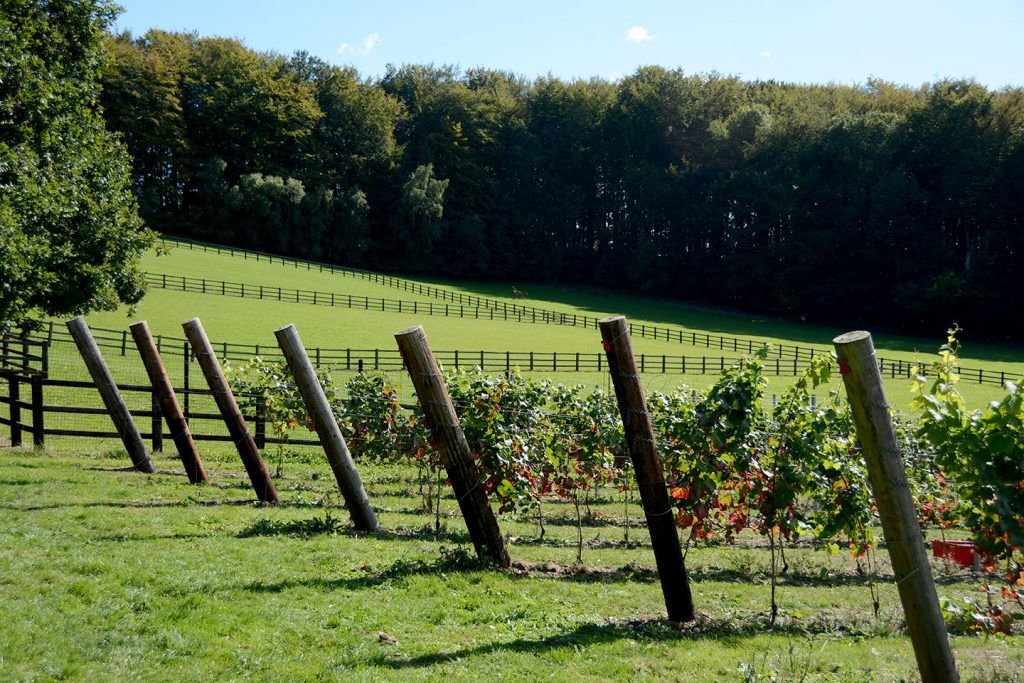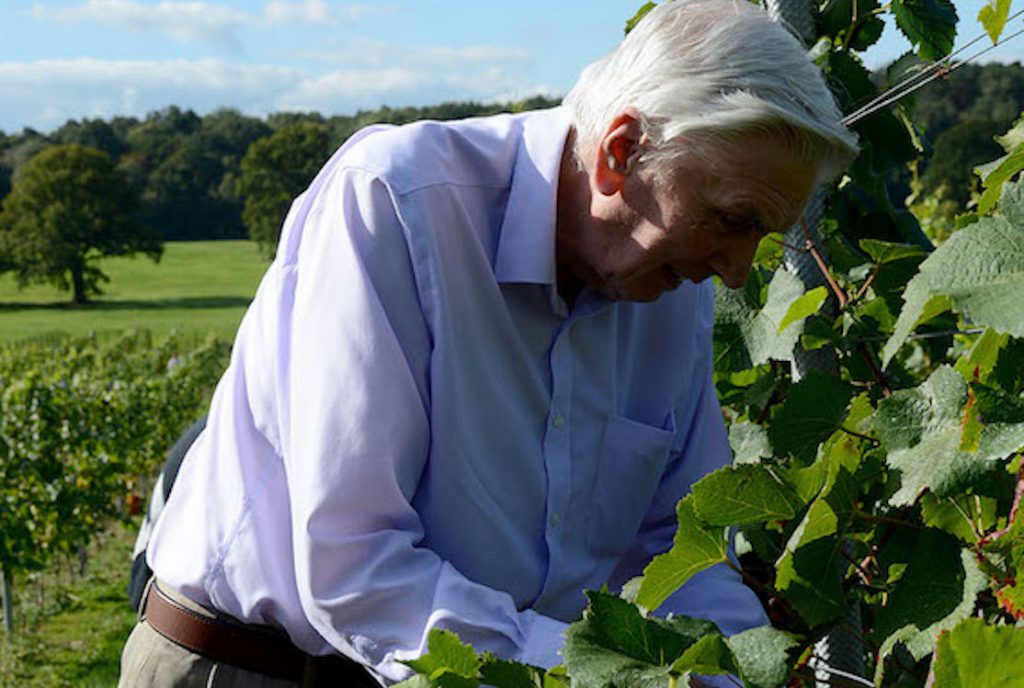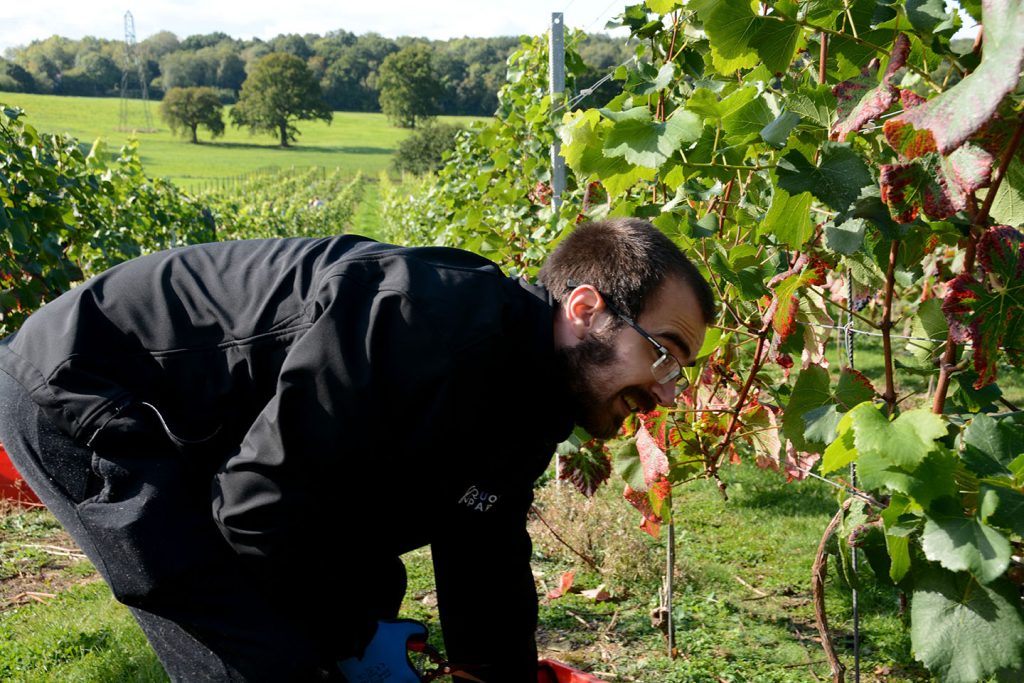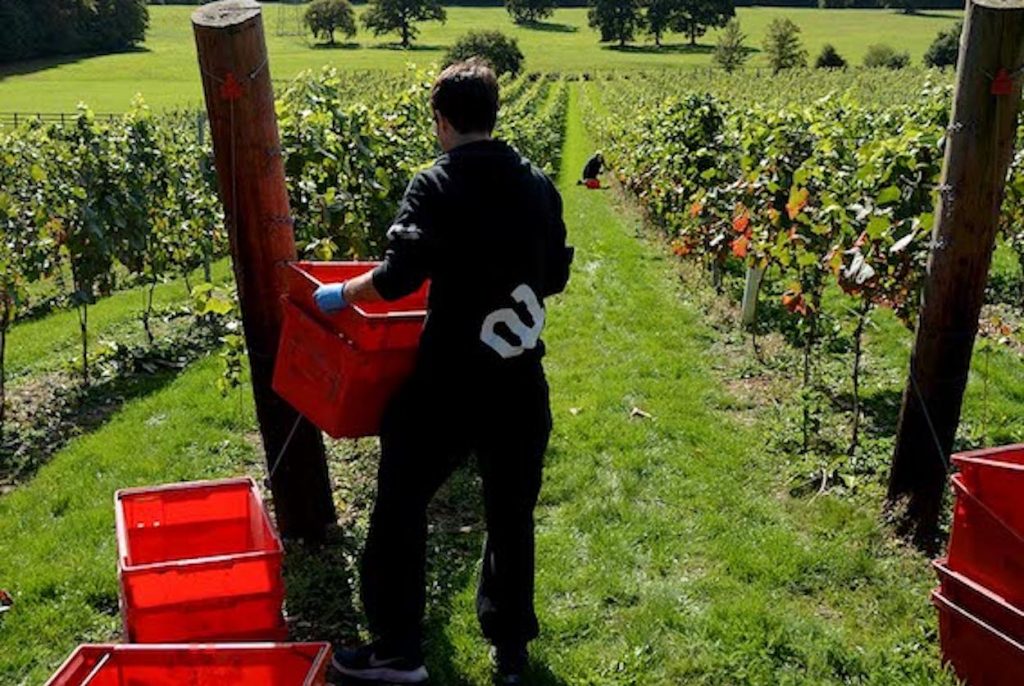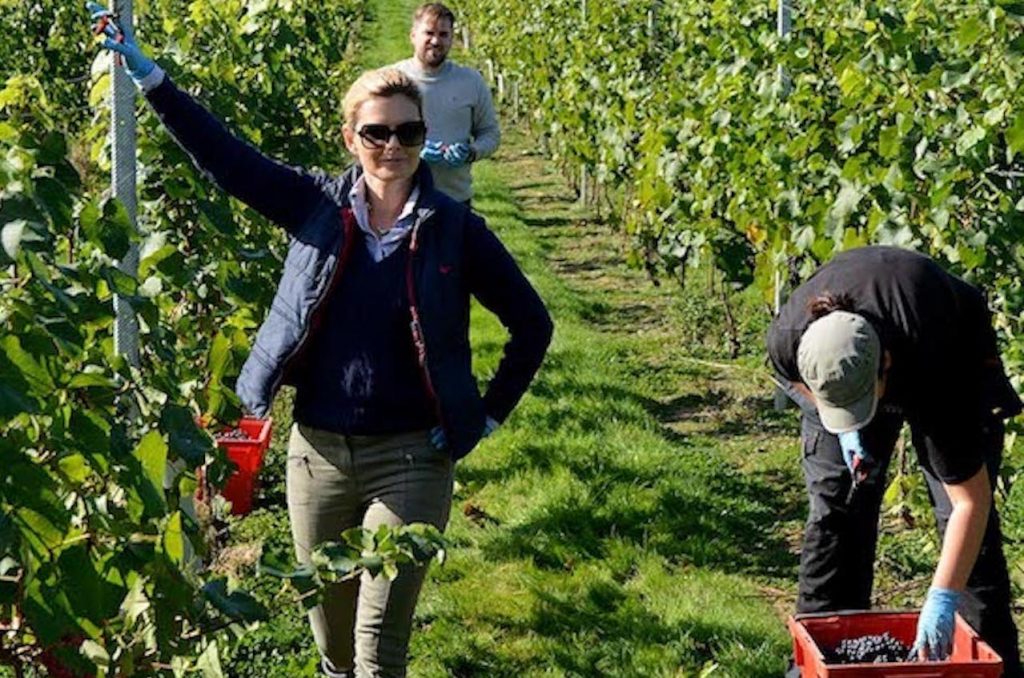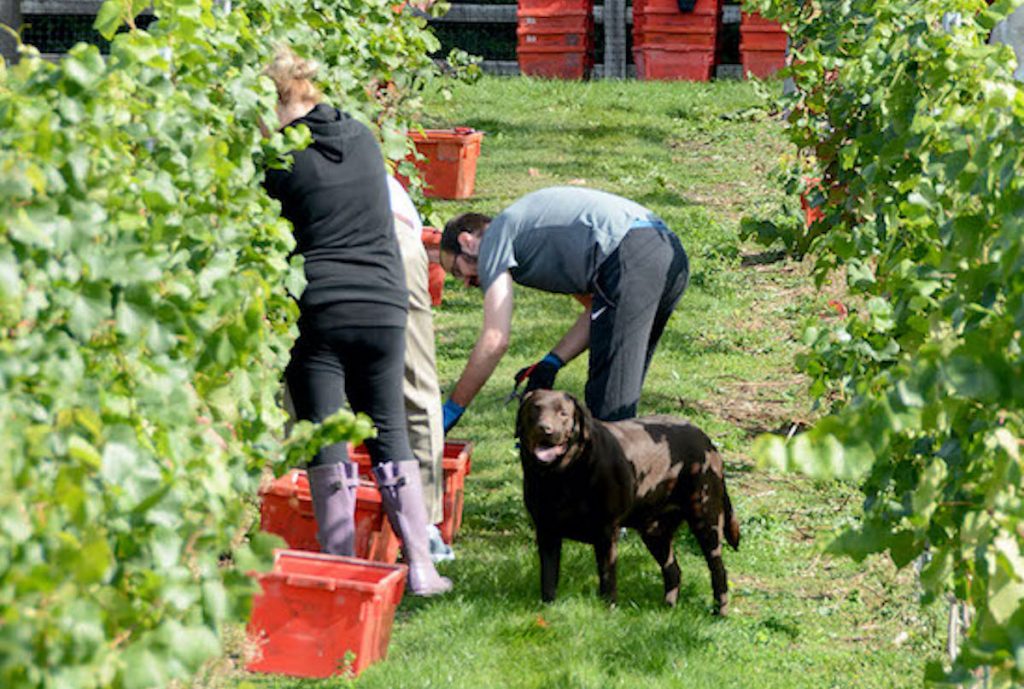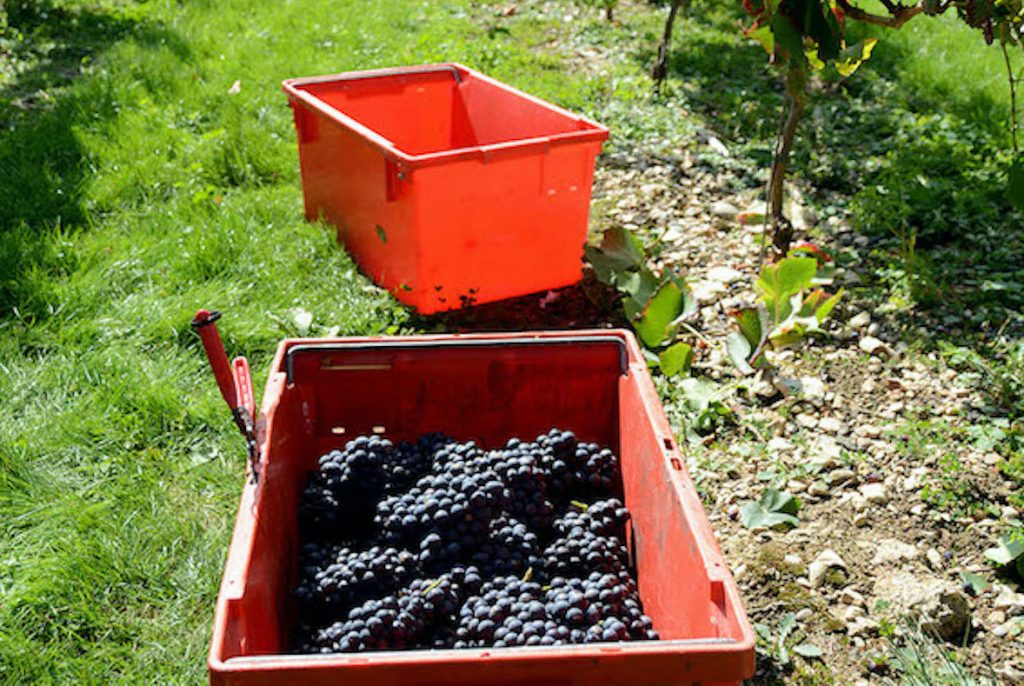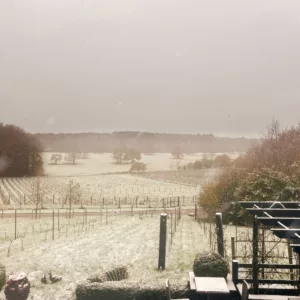Quob Park Estate's initial harvest was completed in September 2018, a massive thank you to all of the Quob Park team and our extended family who took part in the hard work, and some fun, involved.
Quob Park Estate’s initial harvest, fully our first vineyards being planted in 2015, was completed in September 2018, a massive thank you to all of the Quob Park team and our extended family who took part in the hard work, and some fun, involved.
The harvest was conducted across all four vineyards of the Quob Park Estate but, as deer fences only went up in 2017, only two vineyards produced significant volume this year. The effect of this is that the 2018 vintage shall have limited supply compare to our full production of up to 60,000 bottles per annum but our focus will be on the quality of the production to launch with a vintage we can all remember for many years to come.
No doubt we have every chance of being successful in the above goal as 2018 has been described as “vintage of the century” by UK wine growers, as quoted in Imbibe in October 2018 (see full article here) due to the exceptional weather conditions that we have all enjoyed.
UK wine producers hail golden 2018 as ‘vintage of the century’ – Imbibe, October 2018
Quob Park Estate makeup by vineyard in 2018 was as follows:
Pinot Noir (Vineyard 1, Home Vineyard c.7,500 vines)
Pinot Noir is the famous red grape of Burgandy. Pinot Noir’s aroma is often one of the most complex of all varietals and can be intense with a ripe-grape or black cherry aroma, frequently accented by a pronounced spiciness that suggests cinnamon, sassafras, or mint. Ripe tomato, mushroom, and barnyard are also common descriptors for identifying Pinot Noir. It is full-bodied and rich but not heavy, high in alcohol, yet neither acidic nor tannic, with substantial flavour despite its delicacy.
Pinot Meunier (Vineyard 2, North Vineyard c.4,500 vines)
Like Pinot Blanc and Pinot Gris, Pinot Meunier is one of the many mutations of Pinot Noir. The name comes from the appearance of its leaf undersides and shoots, which look as though they’ve been dusted with flour (Meunier is French for “Miller”). It is also simply called Meunier, or sometimes Gris Meunier in France. In Germany, it is known as Müllerrebe (Miller Grape) and Schwarzriesling. As an indication of its significance, it dominates the Champagne district of Marne, where Meunier is two-thirds of all plantings. Meunier makes up one-third of all Reims district vineyards and 26,000 acres, nearly 40% of overall vineyards in the entire Champagne appellation. Despite its profusion in Champagne, few producers will talk about Meunier as an element of their blend; the exception is Krug, who boasts of including Meunier and, contrary to what local wisdom would presume, also has a reputation for making one of the longest-lived Champagnes which makes this variety a perfect contributor to the Quob Park English Rose Sparking Wine.
Primarily Chardonnay (Vineyard 3 and 4, Park Vineyards c.12,000 vines)
As Cabernet Sauvignon is the king of reds, so is Chardonnay the king of white wines, for it makes consistently excellent, rich and complex whites. This grape makes the renowned white Burgandy wines of France. In Burgundy, it is used for the exquisite whites, such as Montrachet, Meursault and Pouilly-Fuissè, and true Chablis.
After a great grape harvest in 2018 Hampshire is fast becoming the English Champagne region – Hampshire Life, September 2019
- Lisa Cameron and Keith Nisbet
- Quob Park Home Vineyard
- Quob Park Home Vineyard
- Alan Terry
- Anthony Terry
- Peter Terry
- Lisa Cameron
- Henry
- Pogo on Quad Bike watching the Harvest
- Quob Park’s first grapes!

